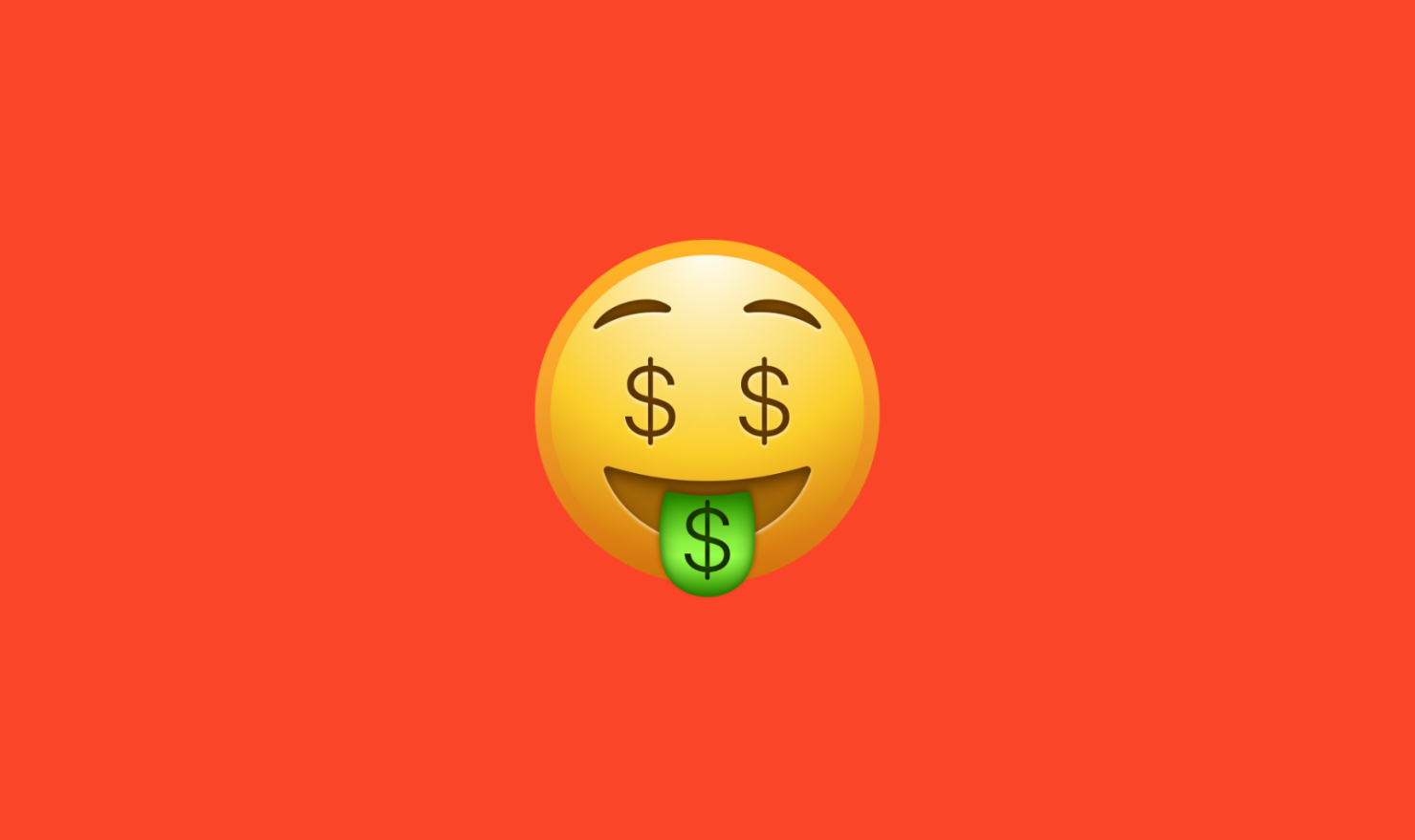Driving Budget Efficiency With PPC

Last year, global marketing spend saw a decline, with many businesses looking to cut budgets, and reducing marketing spend as a result. It’s true that marketing can be expensive, however by looking at your current PPC budget efficiency, it’s possible to save money without completely cutting out one of the most successful sales-generating channels.
PPC, unlike other marketing channels, is extremely tangible, with platforms able to report on exactly where budget is being spent effectively. Or more importantly, where budget is being spent ineffectively.
Through consistent analysis and optimisation, PPC can be an extremely cost-effective way to continue marketing your brand and see heightened return-on-investment.
Discover where your PPC budget efficiency could be improved with a free account audit.
The Cost-Saving Potential of PPC
The transparent nature of PPC means that we are given insights into what’s going well, and also what isn’t. These insights allow brands and advertisers to recognise where budget is being wasted, and where it can be better allocated to improve efficiency. In addition to these insights, there are a number of best practices and possibilities that allow for optimal PPC account health.
Precise Targeting
Effective targeting is crucial to ensure that every pound spent is directed towards reaching the most relevant and high-intent audiences, reducing wasted spend on uninterested users.
Using demographic and geographic targeting can filter audiences by location, age groups and user behaviours, whilst utilising keyword targeting allows you to use high-intent, long-tail keywords so that only those actively searching for your product or service see your ads.
Additionally, audiences segmentation allows retargeting to previous site visitors, and segmenting audiences based on behaviours such as cart abandonment can often lead to heightened CVR.
Budget Control
Being able to see where budget is being spent effectively, and where it’s being wasted, means that brands and advertisers can optimise accounts reactively, taking budget from where it might go to waste and reallocating it to high performing areas.
Additionally, daily and lifetime budget caps are in place to ensure that your ads spend only what you want them to, with the ability to change these caps when necessary.
Testing & Optimisation
Ever heard the phrase ‘try before you buy?’
PPC allows for testing, and whilst some additional budget is required to go towards trialling new strategies, it’s an effective way to explore previously untested strategies and activity that could work for your account.
Without testing, it’s hard to uncover the true potential of your marketing as there could always be something out there that works even better than what you’re already doing. And hey, if you find out something doesn’t work, it means that no additional budget needs to be put towards it!
Key Metrics for Budget Efficiency
Certain key metrics indicate how well PPC is performing, and the continuous measurement of said metrics provide insights to brands and advertisers around account changes that might need to be made to increase budget efficiency.
CPC
CPC (or cost-per-click), is the amount of budget used each time someone clicks on a PPC ad.
Lower CPCs mean that you’re getting more traffic for less money, whilst higher CPCs could indicate high competition or inefficient targeting. Regardless of whether CPCs are high or low, focussing on the quality of traffic from PPC ads is essential to drive conversions.
By optimising keywords, improving ad relevance, and adjusting bidding strategies, CPC can be reduced whilst driving and maintaining traffic quality.
Conversion Rate
Conversion rate is the percentage of users who complete a desired action after clicking an ad. Depending on the business, some examples of this could be making a purchase, submitting a form, or signing up to a newsletter.
The higher your conversion rate, the more value you’re getting from your ad spend, whereas if conversion rates are low, this highlights potential issues with ad messaging, landing pages, or audience targeting. Once these issues have been identified, optimisations can be made to improve conversion rate and in turn, increase budget efficiency.
ROI
ROI (or return-on-investment) measures the revenue generated from PPC spend. For example, if you spend £100 on ads that generate £500 in revenue, this is a 5X (or 500%) ROI, as you’ve made back 5 times as much money as you’ve invested.
Often, brands have a specific ROI they want to meet in order to be profitable, and ROI is a good indicator of whether PPC is performing efficiently – as it shows exactly what return is being made from PPC efforts.
Want to see a better ROI? Contact us for a free account audit.
Real Examples of Efficient PPC Campaigns
Last year, Circus PPC worked with Booths, a luxury supermarket chain based in the north of the UK.
For Booths, the festive period is extremely busy, and they utilise PPC to promote specific online services available during this time.
By focusing on budget efficiency and making the most out of a lower yearly spend, Circus were able to drive impressive improvements to Booths’ PPC performance, including YOY increases in ROI (return on investment), AOV (average order value), CvR (conversion rate), and revenue.
Daily optimisations and precise targeting put the account in optimal health, driving relevant and intentional traffic, and ultimately leading to a YOY ROI increase of 96%, despite a 29% decrease in spend.
Read more about how we drove budget efficiency to increase ROI for Booths here.
Final Thoughts: Optimise for Better Results
By regularly analysing and optimising your PPC campaigns, you can maximize efficiency and reduce waste without cutting a key sales-driving channel. With its clear measurability, PPC offers a cost-effective way to maintain brand visibility and achieve a strong ROI, even in a tighter budget landscape.
Ready to take your PPC strategy to the next level? 🚀
Register to download our free budget efficiency focussed whitepaper for expert insights and techniques to optimise your ad campaigns and make your PPC budget work harder for you!





